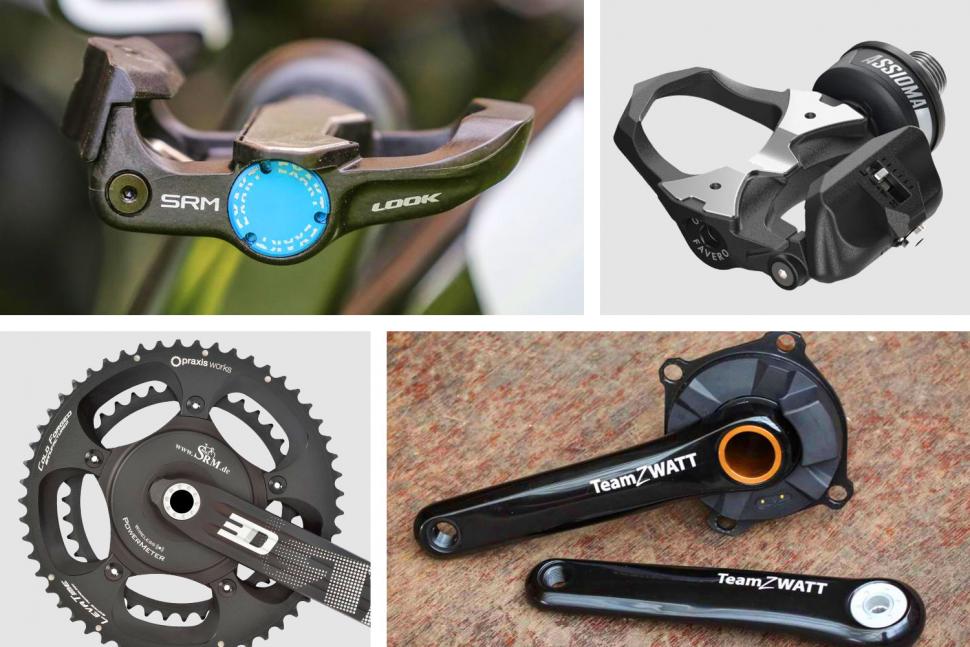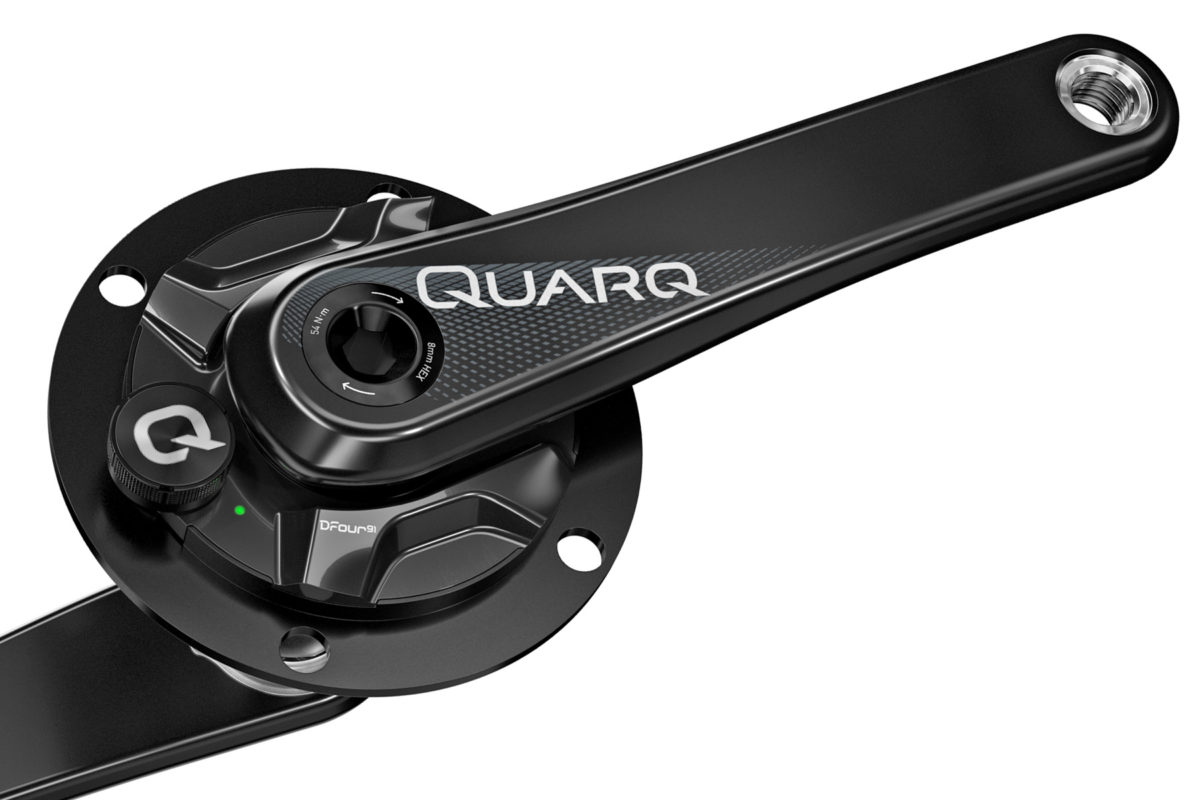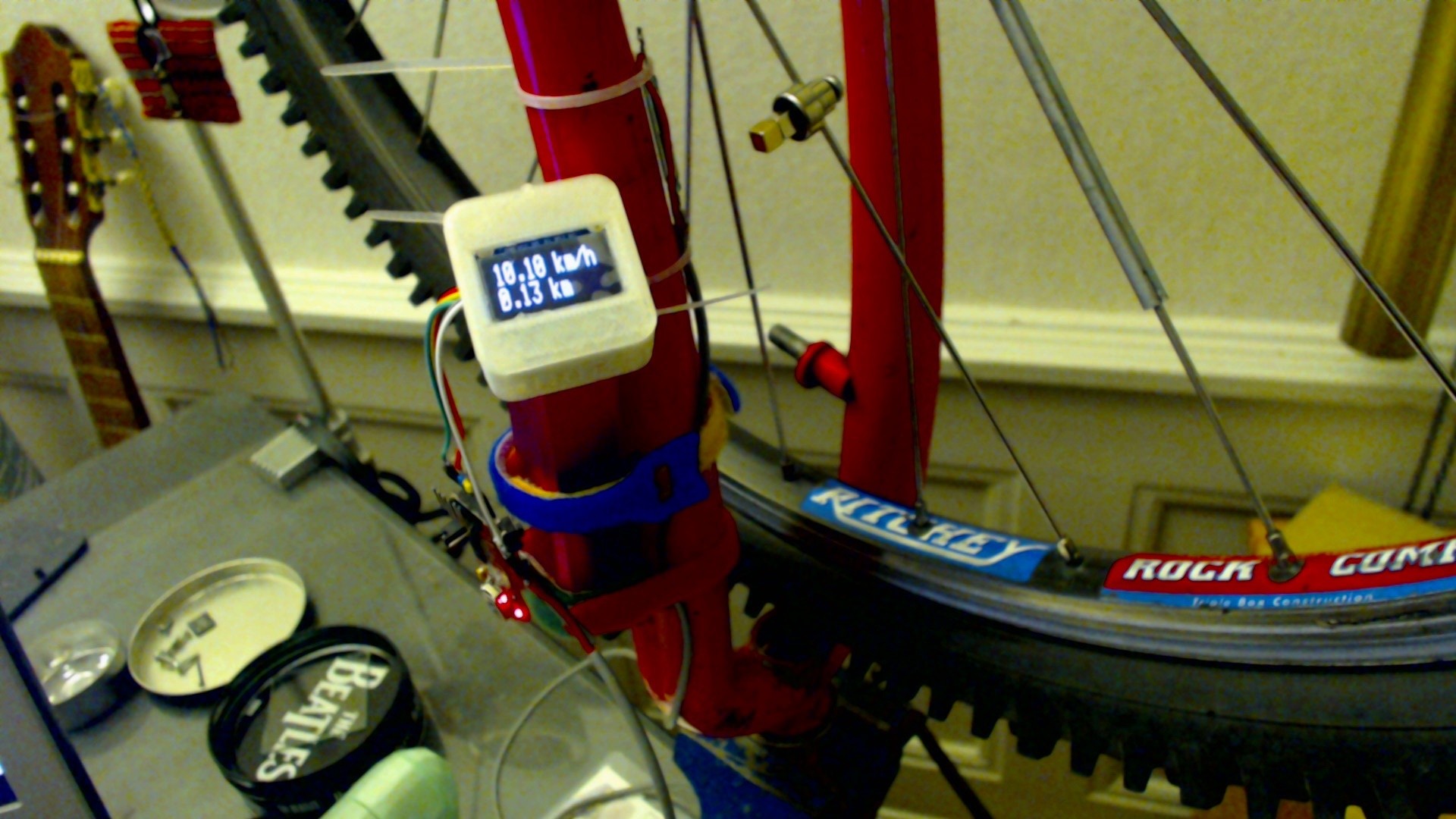What is a Bike Power Meter and Why Do You Need One?
A bike power meter is a device that measures the power output of a cyclist, typically in watts, providing valuable data to optimize training, improve performance, and gain a competitive edge. By tracking power output, cyclists can refine their technique, increase efficiency, and make data-driven decisions to enhance their overall cycling experience. With the best bike power meters, riders can unlock their full potential, whether they’re professional athletes or enthusiasts. In essence, a power meter is an essential tool for any serious cyclist seeking to take their riding to the next level. By investing in a high-quality power meter, cyclists can expect to see significant improvements in their performance, making it an invaluable addition to their training arsenal.
How to Select the Best Power Meter for Your Cycling Needs
When it comes to choosing the best bike power meters, there are several factors to consider to ensure you find the right one for your cycling needs. The type of power meter is a crucial consideration, with hub-based, crank-based, and pedal-based options available. Each type has its advantages and disadvantages, so it’s essential to understand the differences before making a decision. Hub-based power meters, for example, are known for their accuracy and reliability, while crank-based power meters offer a more affordable option. Pedal-based power meters, on the other hand, provide a high level of precision and are ideal for cyclists who want to track their power output in real-time.
Accuracy is another critical factor to consider when selecting a power meter. Look for a power meter with a high level of accuracy, typically +/- 1-2%, to ensure you’re getting reliable data. Compatibility is also essential, as you’ll want to ensure the power meter is compatible with your bike and any other devices you plan to use it with. Finally, consider the price point, as power meters can range from a few hundred to several thousand dollars. By considering these factors, you can find the best bike power meters for your needs and budget.
Stages Cycling Power Meters: A Popular Choice Among Cyclists
Stages Cycling is a well-known brand in the power meter market, offering a range of high-quality power meters that cater to different cycling needs. Their power meters are designed to provide accurate and reliable data, helping cyclists to optimize their performance and gain a competitive edge. One of the standout features of Stages Cycling power meters is their ease of use, with a simple and intuitive design that makes it easy to navigate and understand the data.
Stages Cycling power meters are also highly praised for their accuracy, with a reported +/- 1.5% margin of error. This level of accuracy is essential for cyclists who want to fine-tune their training and make data-driven decisions. Additionally, Stages Cycling power meters are compatible with a range of devices, including Garmin and Wahoo head units, making it easy to integrate them into an existing training setup.
User feedback on Stages Cycling power meters is overwhelmingly positive, with many cyclists praising their reliability and durability. With a range of options available, including the Stages Cycling Shimano Ultegra R8000 and the Stages Cycling Campagnolo Super Record, there’s a Stages Cycling power meter to suit every cyclist’s needs. Whether you’re a professional athlete or a enthusiast, Stages Cycling power meters are an excellent choice for anyone looking to take their cycling to the next level.
Garmin and SRM: Two Industry Giants in the Power Meter Market
When it comes to choosing the best bike power meters, two industry giants stand out: Garmin and SRM. Both brands offer high-quality power meters that cater to different cycling needs, but they have distinct features, advantages, and disadvantages. Understanding the differences between these two brands can help cyclists make an informed decision when selecting a power meter.
Garmin power meters are known for their ease of use and seamless integration with Garmin head units. They offer a range of power meters, including the Garmin Vector 3, which provides accurate and reliable data. One of the standout features of Garmin power meters is their ability to track advanced metrics, such as cycling dynamics and pedaling efficiency. Additionally, Garmin power meters are compatible with a range of devices, making it easy to integrate them into an existing training setup.
SRM power meters, on the other hand, are renowned for their accuracy and precision. They offer a range of power meters, including the SRM X-Power, which provides highly accurate data and advanced metrics. One of the key advantages of SRM power meters is their ability to track power output in real-time, allowing cyclists to make adjustments on the fly. Additionally, SRM power meters are highly durable and reliable, making them a popular choice among professional cyclists.
When comparing Garmin and SRM power meters, it’s essential to consider the unique features and benefits of each brand. Garmin power meters are ideal for cyclists who want a user-friendly power meter that integrates seamlessly with their existing devices. SRM power meters, on the other hand, are perfect for cyclists who want highly accurate and precise data, along with advanced metrics and real-time tracking. By understanding the differences between these two industry giants, cyclists can choose the best bike power meters for their specific needs and goals.
Other Notable Power Meter Options: Quarq, Rotor, and Favero
In addition to Stages Cycling, Garmin, and SRM, there are several other notable power meter brands that offer high-quality options for cyclists. Quarq, Rotor, and Favero are three brands that stand out for their innovative designs, accurate data, and user-friendly interfaces.
Quarq power meters are known for their sleek design and advanced features, such as their proprietary Omnical technology, which provides highly accurate data. Quarq power meters are also highly customizable, allowing cyclists to tailor their data to their specific needs. With a range of options available, including the Quarq DZero, Quarq power meters are a popular choice among cyclists who want a high-performance power meter.
Rotor power meters, on the other hand, are renowned for their innovative design and advanced features, such as their INpower technology, which provides highly accurate data and advanced metrics. Rotor power meters are also highly durable and reliable, making them a popular choice among professional cyclists. With a range of options available, including the Rotor INpower, Rotor power meters are a great choice for cyclists who want a high-performance power meter.
Favero power meters are known for their sleek design and advanced features, such as their Assioma technology, which provides highly accurate data and advanced metrics. Favero power meters are also highly user-friendly, with a simple and intuitive interface that makes it easy to navigate and understand the data. With a range of options available, including the Favero Assioma, Favero power meters are a great choice for cyclists who want a high-performance power meter that is easy to use.
When considering the best bike power meters, it’s essential to research and compare the different options available. By understanding the strengths and weaknesses of each brand, cyclists can make an informed decision and choose the power meter that best meets their needs and goals. Whether you’re a professional cyclist or a enthusiast, there’s a power meter out there that can help you unlock your cycling potential.
What to Look for in a Power Meter: Accuracy, Reliability, and Durability
When selecting the best bike power meters, there are several key features to consider to ensure that you get a high-quality power meter that meets your cycling needs. Accuracy, reliability, and durability are three essential factors to look for in a power meter, as they directly impact the quality of the data and the overall performance of the device.
Accuracy is a critical factor to consider when choosing a power meter. A power meter that provides accurate data is essential for tracking progress, setting realistic goals, and making informed training decisions. Look for power meters that have a high level of accuracy, typically measured in watts, and that provide reliable data even in extreme weather conditions.
Reliability is another key feature to consider when selecting a power meter. A reliable power meter is one that provides consistent and accurate data, even after repeated use and exposure to various environmental conditions. Look for power meters that have a reputation for reliability, are built with high-quality components, and have a robust design that can withstand the demands of regular cycling.
Durability is also an essential factor to consider when choosing a power meter. A durable power meter is one that can withstand the rigors of regular cycling, including exposure to water, dust, and extreme temperatures. Look for power meters that are built with high-quality materials, have a robust design, and are designed to withstand the demands of regular cycling.
By considering these key features, cyclists can make a well-informed purchase decision and choose the best bike power meters that meet their specific needs and goals. Whether you’re a professional cyclist or an enthusiast, a high-quality power meter can help you unlock your cycling potential and take your performance to the next level.
Power Meter Installation and Calibration: A Step-by-Step Guide
Once you’ve chosen the best bike power meters for your cycling needs, the next step is to install and calibrate the device. Proper installation and calibration are crucial to ensure accurate data and trouble-free operation. Here’s a step-by-step guide to help you get started:
Step 1: Prepare Your Bike – Before installing the power meter, make sure your bike is clean and free of any debris. Remove any existing components, such as pedals or cranksets, to ensure a smooth installation process.
Step 2: Install the Power Meter – Follow the manufacturer’s instructions to install the power meter. This may involve attaching the device to your crankset, pedals, or hub. Make sure all bolts and screws are securely tightened.
Step 3: Calibrate the Power Meter – Calibration is essential to ensure accurate data. Follow the manufacturer’s instructions to calibrate the power meter. This may involve spinning the pedals or cranks to set the zero offset.
Step 4: Pair the Power Meter with Your Device – Pair the power meter with your cycling computer, smartphone, or other device. This will allow you to receive real-time data and track your progress.
Step 5: Test the Power Meter – Take your bike for a test ride to ensure the power meter is functioning correctly. Check for any errors or inconsistencies in the data.
Additional Tips:
– Make sure to follow the manufacturer’s instructions for installation and calibration.
– Regularly update the power meter’s firmware to ensure you have the latest features and improvements.
– Clean and maintain your power meter regularly to ensure accurate data and prolong its lifespan.
By following these steps and tips, you can ensure a smooth and trouble-free installation and calibration process. With your power meter installed and calibrated, you can start tracking your progress and unlocking your cycling potential.
Maximizing Your Power Meter’s Potential: Tips for Effective Training
To get the most out of your best bike power meters, it’s essential to use the data to inform your training decisions. Here are some tips to help you maximize your power meter’s potential and take your cycling performance to the next level:
Set Realistic Goals – Use your power meter data to set realistic goals and track your progress over time. This will help you stay motivated and focused on your training objectives.
Use Data to Inform Training Decisions – Analyze your power meter data to identify areas for improvement and adjust your training accordingly. This may involve increasing your intensity, duration, or frequency of workouts.
Track Progress Over Time – Regularly review your power meter data to track your progress over time. This will help you identify trends, patterns, and areas for improvement.
Focus on Functional Threshold Power (FTP) – FTP is a critical metric that measures your maximum sustainable power output. Focus on improving your FTP to increase your overall cycling performance.
Incorporate Interval Training – Interval training is an effective way to improve your cycling performance. Use your power meter data to design interval workouts that target specific areas of improvement.
Monitor Your Cadence and Pedaling Efficiency – Cadence and pedaling efficiency are critical factors that affect your cycling performance. Use your power meter data to monitor and improve these metrics.
Stay Consistent – Consistency is key when it comes to training with a power meter. Make sure to ride regularly and track your data to ensure you’re making progress towards your goals.
By following these tips, you can unlock the full potential of your best bike power meters and take your cycling performance to new heights. Remember to stay focused, motivated, and committed to your training goals, and you’ll be on your way to achieving cycling success.






